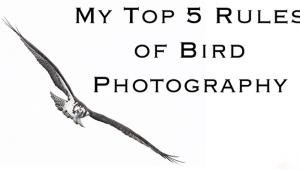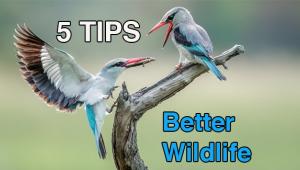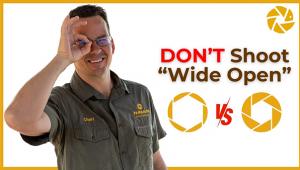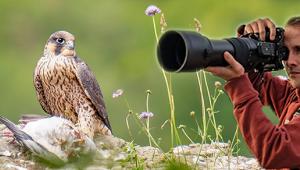Wild World: Charles Glatzer on How to Stay 10 Steps Ahead as a Wildlife Photographer
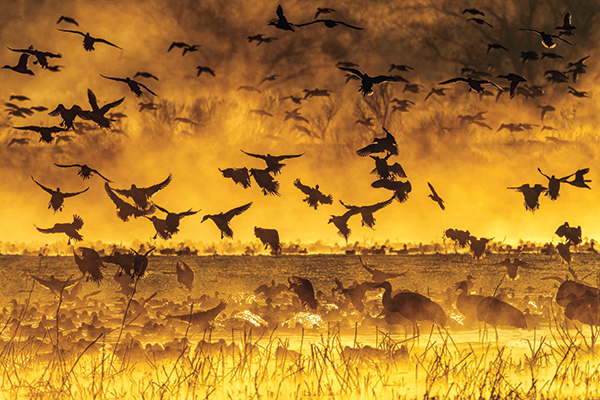
All Photos © Charles Glatzer
Right off, Charles Glatzer tells me that when wildlife is the subject, there are two kinds of photographers: those who photograph wildlife and those who are wildlife photographers.
The wildlife photographer knows that when the Trumpeter Swan moves onto the ice, it’s going to spread its wings to get the water off its feathers.
He knows that while caution is a must when photographing coastal bears in Alaska, the animals are not too concerned with humans; their food source is fish. Inland bears are a different and far more dangerous story.
And he knows it’s okay to get close to a Japanese snow monkey, but raising your eyebrows will be taken as hostile behavior, and the monkey will react in kind.
In his workshops, lectures, and one-on-one sessions, Glatzer teaches both types of photographers, but it’s easy to tell that he loves turning the shooter who sees something happening and captures it into the photographer who knows what’s going to happen and sets up to get it.

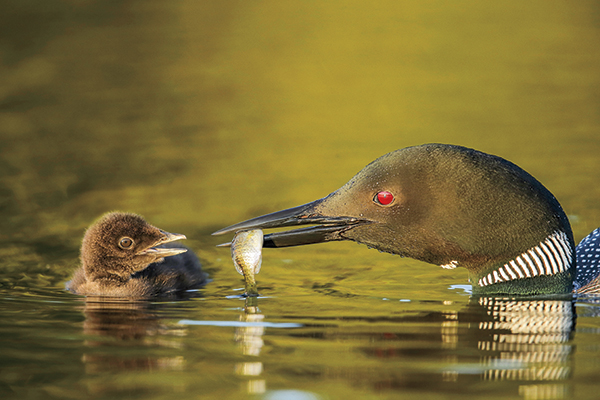
Becoming A Viewer
Sometimes his teaching involves the role a photographer plays.
“I had a gentleman with us in Yellowstone who understood the technical concepts,” Glatzer says, “but he didn’t seem to have the eye for it. He’d shoot right next to me, then get upset because he didn’t see what I saw.”
Glatzer looked through the man’s viewfinder and told him to put the tree on the left side. The image was a success, but “for the next half day, every picture he showed me had a tree on the left side.”
Glatzer tried another approach. “I said, ‘Use live view. Don’t look through the viewfinder, look at the LCD.’ And his compositions got 90 percent better because he put himself in the viewer’s standpoint rather than the photographer’s, and he was able to see the compositions.”
Glatzer recommended that the man use live view to compose his pictures; then, when he started to get the idea, transition back to the viewfinder. “It worked. He was in a different role looking through the LCD than he was looking through the viewfinder—and viewing a monitor or a print is how we’re used to seeing images. Sometimes we don’t see it in the viewfinder because we’re too caught up in the moment or too anxious about getting the picture.”


Teaching From Experience
What Charles Glatzer brings to the moment is everything he’s learned as a photographer, and he’s been just about every type of photographer: wedding, portrait, corporate, commercial, studio, underwater, product, and advertising.
“I get calls from stock agencies all the time—‘There’s something about your [wildlife] portraits and the way they connect with people,’ they say. I think that comes from my portrait background. When I look at an animal, and it tilts its head a certain way, I see a pose that’s going to communicate a certain feeling.”
From portraits of CEOs he learned that you shoot upward to convey dominance, lean your subject forward for an aggressive look, and shoot at the same level if you want the exec to appear to be on common ground with the shareholders.
From underwater photography he learned to shoot in inclement weather. “Underwater the problem is the particulate matter in suspension. It will diffract, absorb, diffuse. On land, I have people shooting with 800mm lenses and I get ‘My pictures aren’t sharp,’ which has nothing to do with the lens. It has to do with shooting through a hundred yards of snow, rain, humidity, dust, and heat shimmer.
“Let’s say I see six wolves howling in a blizzard in Yellowstone. The picture isn’t going to be tack sharp because I’m shooting through 14 billion snowflakes—but sharpness isn’t what the picture is about. It’s about telling the story of six wolves howling in a blizzard, not about the detail in their fur.” The lesson he’s teaching that day is to use what you’re given, tell the story that’s there, and expect the logical result.
Everything he learned along the way he brings with him into the wild; nothing is ignored, nothing is wasted. “My biggest teaching asset is years of experience in different disciplines of photography that I can use as a resource.”

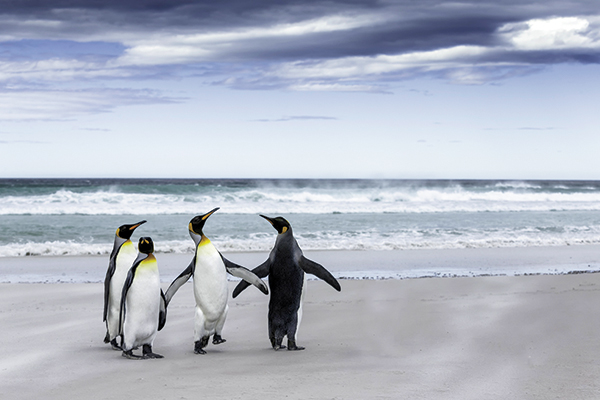
The Workflow Method
Most of the people he’s taught over the years “can easily, or more easily, grasp the concepts of f/stop, shutter speed, ISO, and how we meter. But developing the creative eye—that’s the difficult task.”
For that he uses what he calls an in-field workflow. “We’ve got a situation outside. How do we quickly assess it to produce the image we see in our mind’s eye?” The in-field workflow offers a series of steps: Figure out what attracted you to the scene. Then pick the right tools for the job of capturing it. Then decide which combination of numbers—f/stop, shutter speed, ISO—is going to give you the picture as you envision it.
It’s a system that calls for quick, skilled decisions. Mastery of it depends on understanding, among other factors, meter patterns, priority modes, and their effect on the image.
To improve his students’ photography, he starts with the mechanical aspects of his suggestions and corrections—f/stops and shutter speeds—and then goes into the thinking process—how the photo was composed; where the photographer chose to stand in relation to the light and the subject. Part of the mechanical correction often includes the basics of camera handling. “The faster you can access the camera and its settings for wildlife photography, the more and better pictures you’ll get.”

For all his emphasis on light—and his site is called Shoot the Light—he approaches the subject in the way you’d expect: “There’s no bad light, only poor use of it. We want to be out in the golden hours, but if we have overcast light, we need to make the most of it, and a lot of that is positioning yourself.”
His light mantra is “Light illuminates, Shadows define.” Essentially he’s trying to take a three-dimensional world and make it look three-dimensional on the two-dimensional plane of a print or a screen. “For that you have to have shadows for the illusion of depth.”
He says that wildlife photography means staying 10 steps ahead of everything that’s going on, and that means everything from knowing animals’ behavior patterns, quickly accessing the camera settings that will get the picture, and bringing into play everything you’ve learned from everything you’ve photographed.
What’s In Glatzer’s Gear Bag
Charles Glatzer, a Canon Explorer of Light, stocks a full kit of gear, including EOS-1D X Mark II, 5DS R, and 7D Mark II bodies. Often working in harsh environments, he finds the 1D X Mark II capable of handling temperature extremes and inclement weather as well as the bumps and bangs of field use.
His lenses include the 16-35mm f/2.8L, 24-70mm f/2.8L II, 70-200mm f/2.8L IS II, 300mm f/2.8L IS II, 100-400mm f/4.5-5.6L IS II, 200-400mm f/4L IS Extender 1.4x, and 600mm f/4L IS II USM. He also carries a Speedlite 600EX-RT and Speedlite Transmitter ST-E3-RT, plus EF 1.4x III and EF 2x III extenders.
Charles Glatzer’s website, shootthelight.com, features a portfolio of images, schedules of upcoming workshops and lectures, access to his informative blog, and details of his one-on-one personalized workshop.
- Log in or register to post comments






